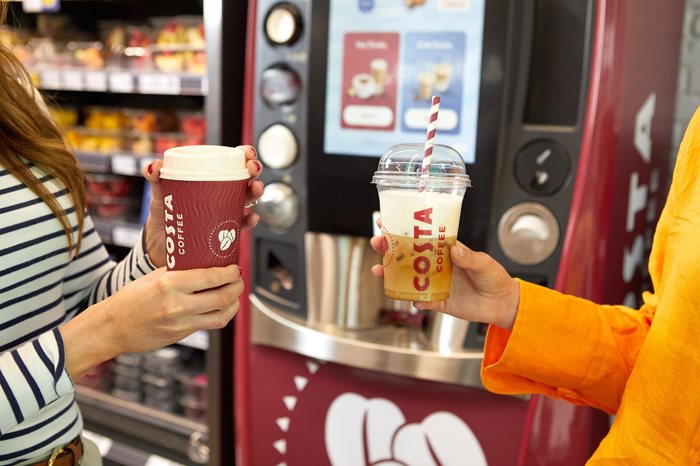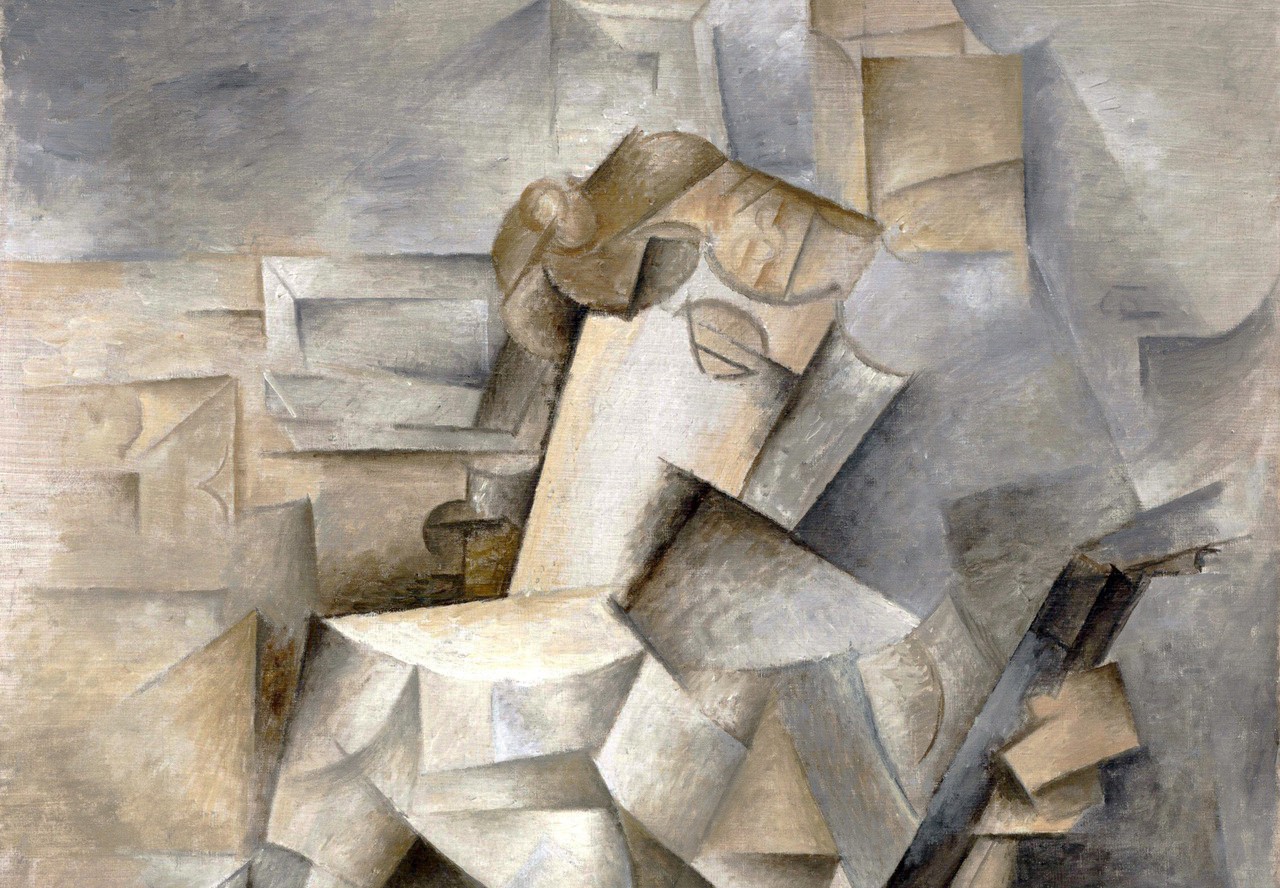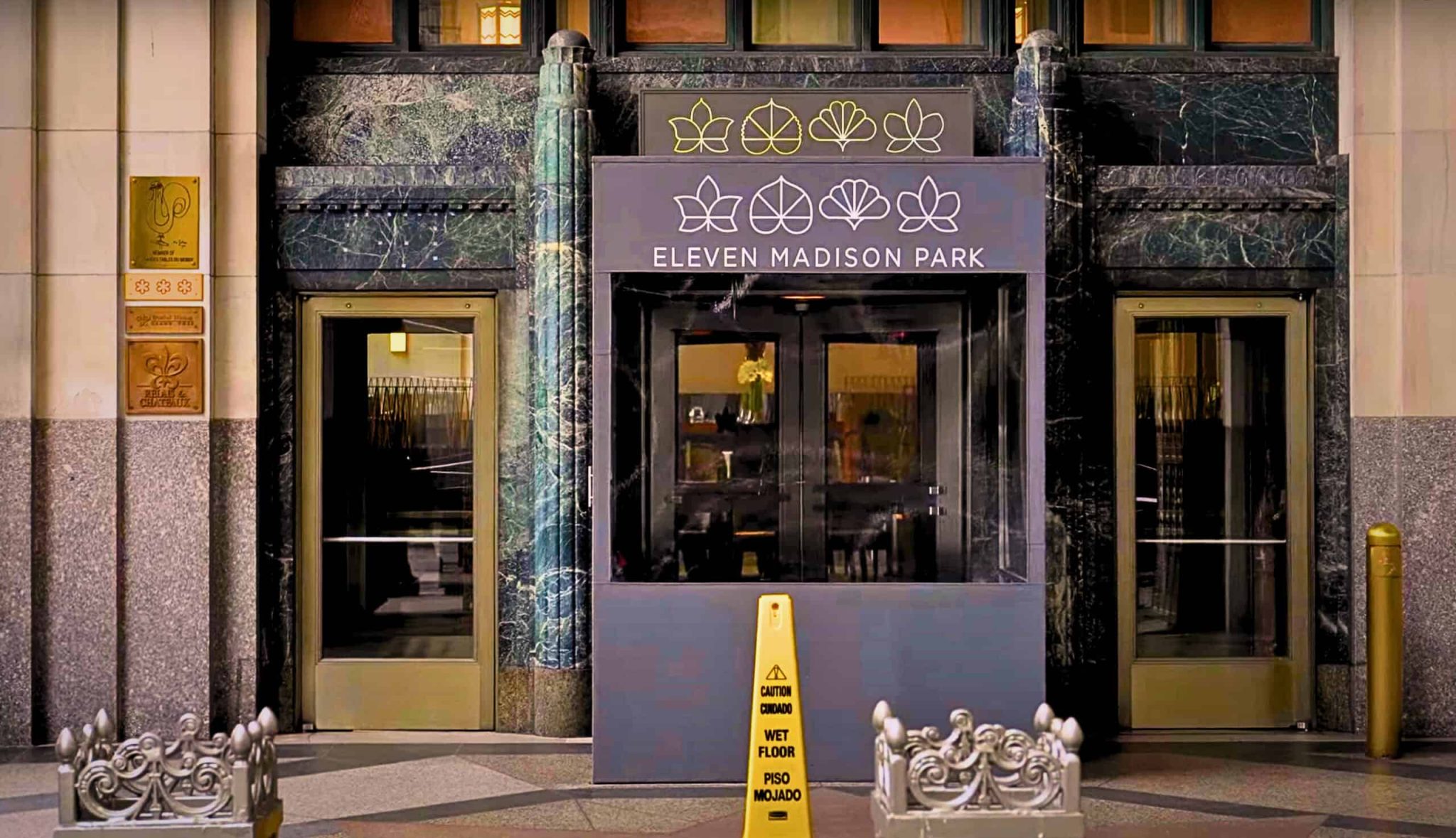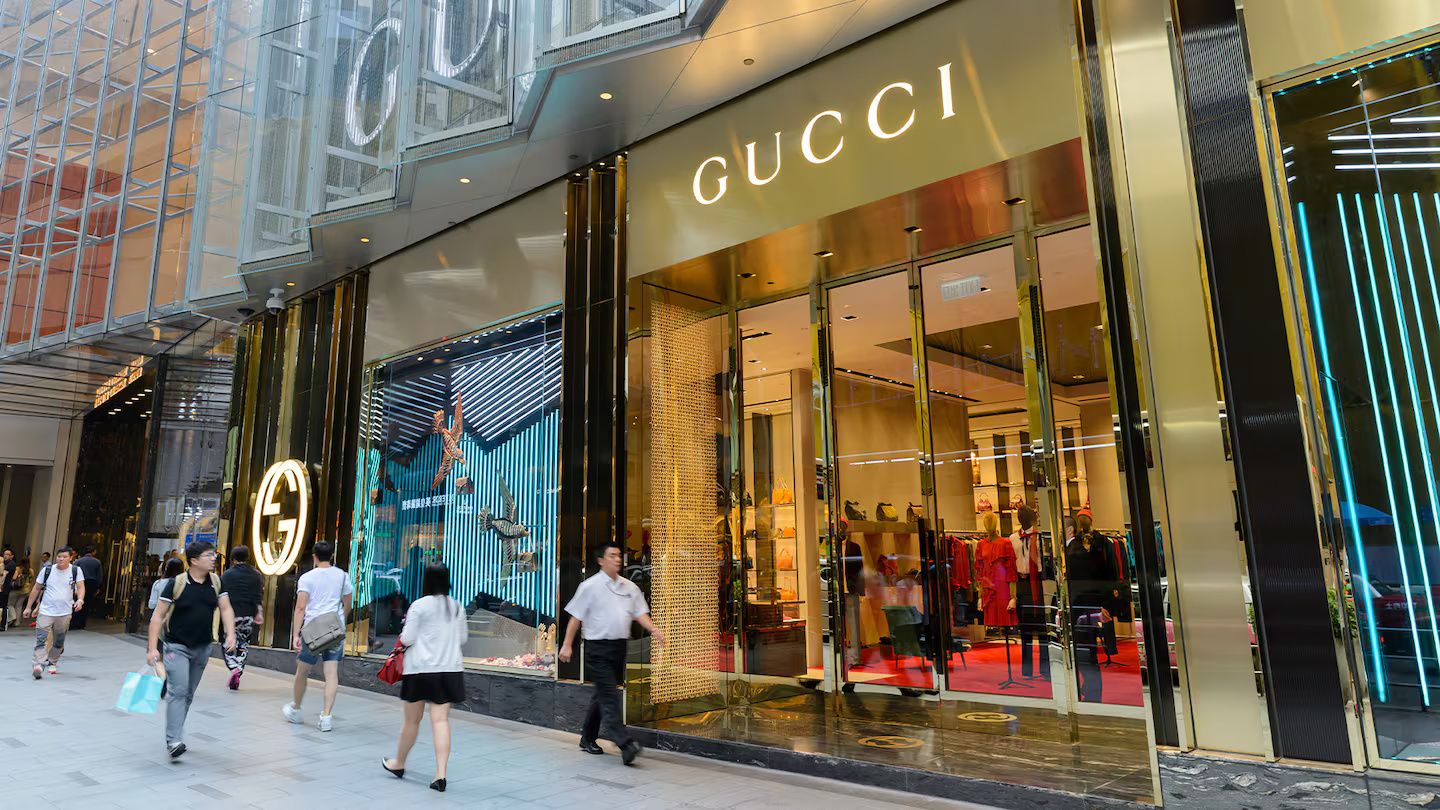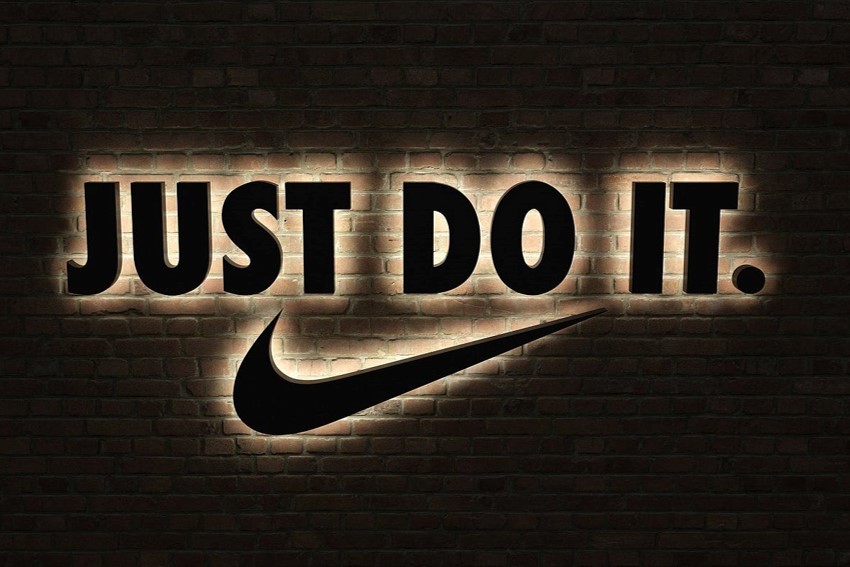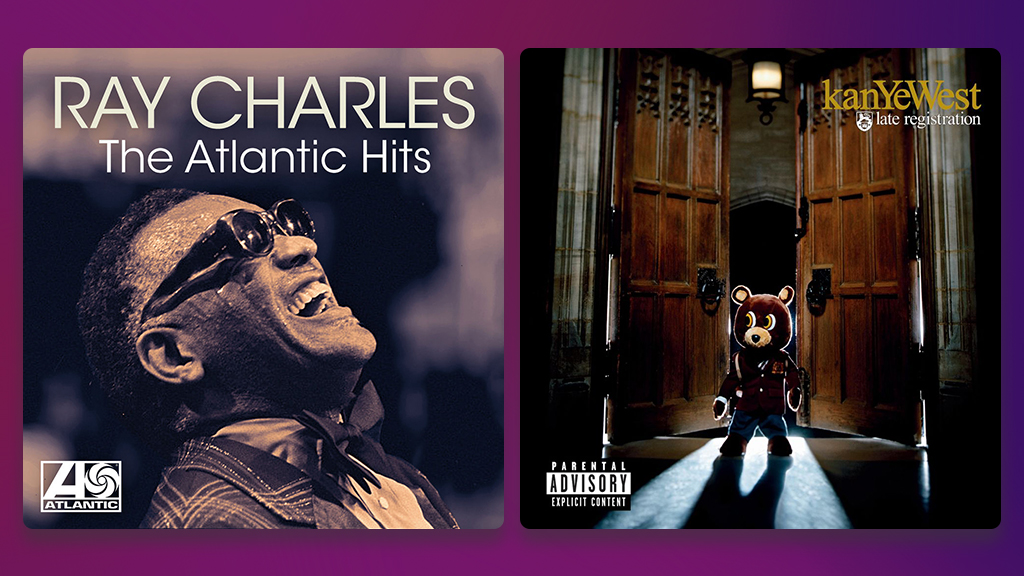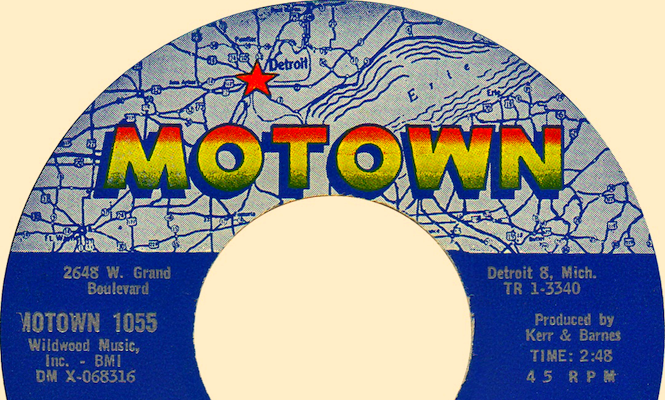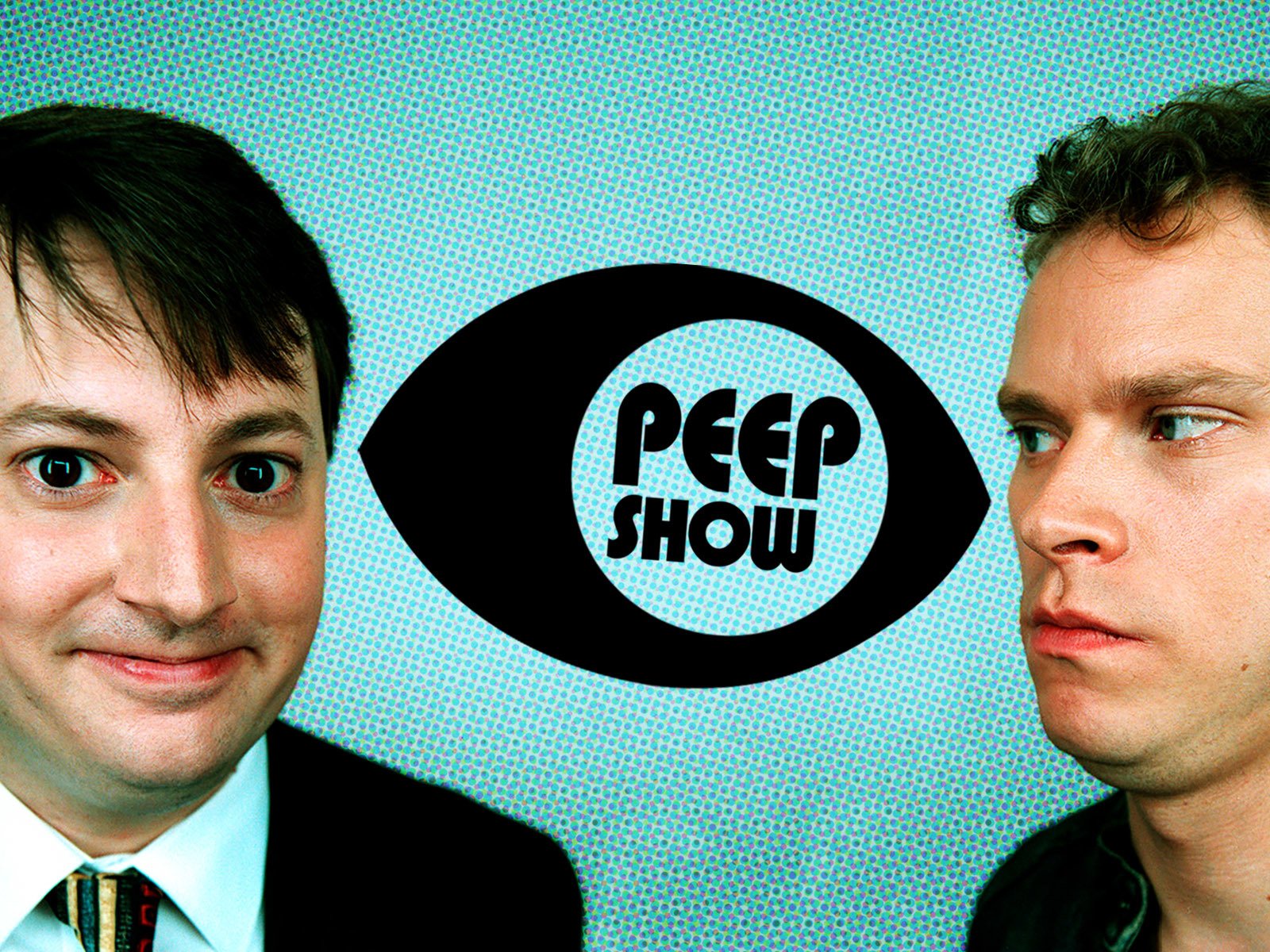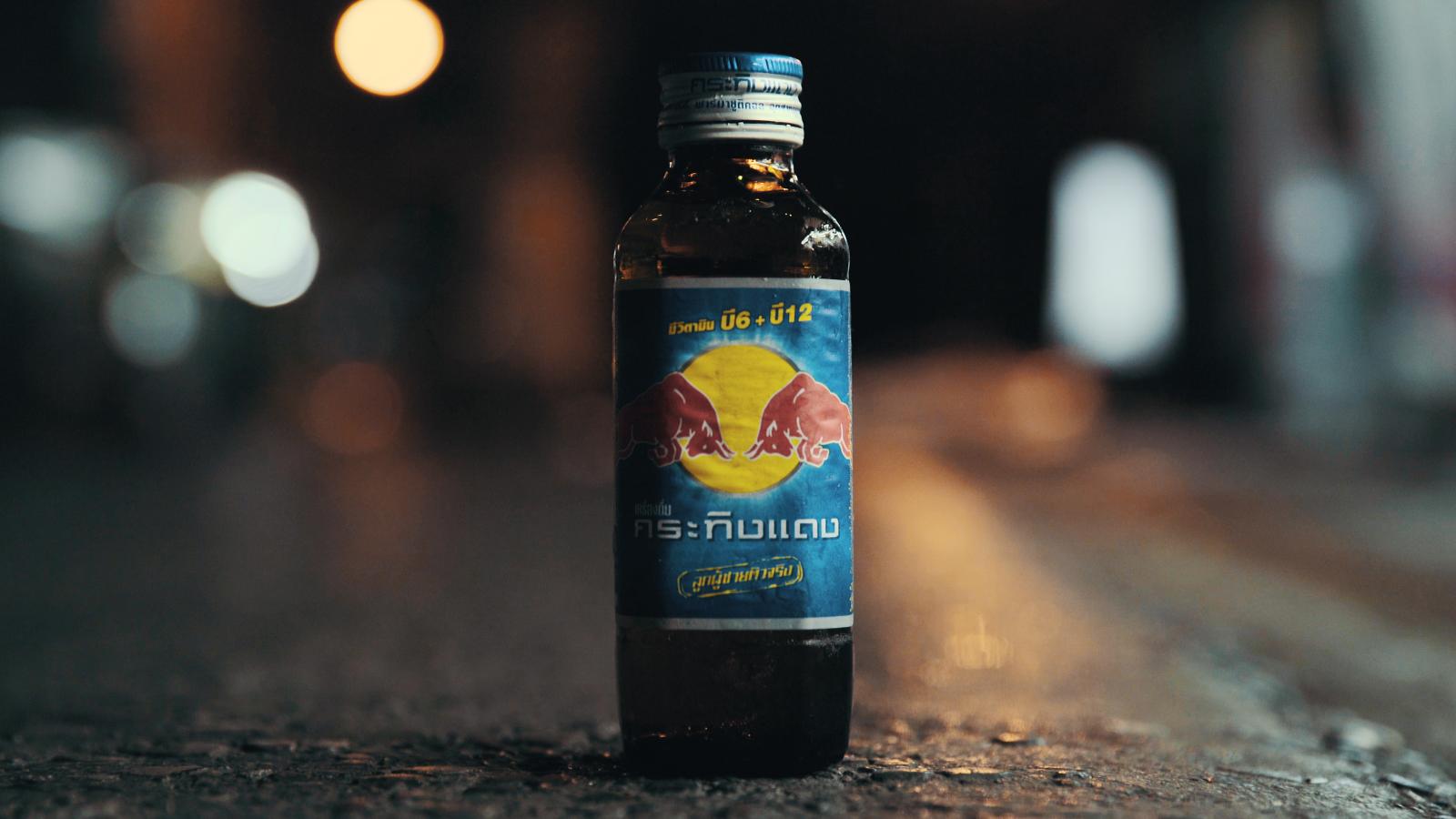Steve Jobs designed the Apple store experience by taking inspiration from the luxury Ritz Carlton hotels. Staff meet customers proactively on arrival and using customers’ names for a personal touch. The iconic ‘Genius Bar’ was also directly modelled on the concierge desk of a grand hotel.
Creativity copies
Forget true originality. Creativity requires external inspiration.
The self service machines were inspired by photocopiers in convenience stores. The manufacturer installed the machine free of charge in return for a slice of the takings. The store owner was on a win-win: all they had to do was fill the copier with paper and ink cartridges from time to time, and then watch the money roll in. Not only that, but the machine brought a new batch of customers into his shop.
Cubism was one of the most innovative art movements of the 20th century, but it was a clear reformulation of the post-impressionism wave that came decades before. For instance, the deconstruction of shapes into precise angles and distinct areas can be seen in the work of Paul Cezanne as early as 1885. In fact Picasso openly acknowledged the influence of Cezanne on his work, describing him as ‘my one and only master’.
To solve the challenge of quick and easy delivery, Domino’s Pizza turned to those doing it best – ecommerce leaders. Taking learnings from players like Amazon, it allowed customers to save an ‘easy order’ that they can request in just a few clicks, and created the Domino’s Tracker – the first food delivery service to update customers on their pizza order in real time.
At the restaurant crowned world’s best in 2017, the waiters finetuned their service by turning to the world of baseball. Like pitchers, they developed a hand system to signal customers’ water choice while they were still chatting through the menu. The water would then appear at the table before the waiter had finished their interaction.
The hospital consulted with the Ferrari F1 pit crew team to improve its ICU handover process. After all, who better to copy than a team replacing four tires and filling a tank of gas in a matter of seconds? The hospital eventually created its equivalent of a pit crew ‘lollipop man’ – the individual who only waves a driver through after making sure everyone else on the team has put the tires on. After changing its protocol, the hospital’s error rate dropped from 30% to 10%.
Before his fame and as a young student in New York, Tom Ford visited the townhouse of a fellow designer Halston. “I copied everything, the long, low grey couches, everything, from Halston’s apartment for the Gucci store design.” Ford loved the actual Halston place so much that he bought it in 2019.
The iconic slogan was inspired by a murderer. Ad executive Dan Wieden remembered hearing it from Gary Gilmore, an American man awarded the death penalty in 1977 for killing two men after depriving them of their valuables, and used it ten years later when he was creating Nike’s first TV advert.
One of the most successful and innovative artists of the 21st century is a master at sampling. ‘Touch the Sky’ used the riff from Curtis Mayfield’s ‘Move on Up’, and ‘Gold Digger’ sampled Ray Charles’ song ‘Hit the Road Jack’.
Since the 1930s, English toymaker Hilary Fisher Page had been selling a system of ‘self-locking building bricks’ called Kiddicraft – which was the main inspiration for Lego (as the company will readily admit).
Harry Beck, the creator of the iconic London Underground map, was inspired by his training as an electrical engineer. Like his map, circuit diagrams don’t need to show actual locations of components, just where they are in relation to each other.
The need for speed led the McDonald brothers to turn to Henry Ford and the world of cars. If Ford could use a specialised system to build a car in two hours, the McDonald brothers could use it to make a burger in less than a minute. They created a new dispenser that squirted the same amount of ketchup every time, and they replaced the silverware with paper wrappings to remove the need for a big dishwasher. The resulting ‘speedee system’ became the basis for modern day fast food as we know it.
Motown record label dominated the charts in the 1960s, collecting 35 number ones from artists like Stevie Wonder, the Supremes and the Jackson 5. The label’s founder, Berry Gordy, had the idea of building this factory of talent while assembling cars at a Ford plant. “Different stations would put things on there, and they would go out another door a brand new car. I said, my goodness, I could do this with people.”
It was unlike any other sitcom before or since: largely shot in the first person and voiced by an inner monologue. The creators nicked this idea from something completely different: a documentary about the model Caprice Bourret called Being Caprice.
When Dietrich Mateschitz visited Thailand in 1982, he discovered Krating Daeng: a locally sourced drink that helped to cure his jet lag. He was so impressed that he decided to adapt it for a western audience. He called it Red Bull.


